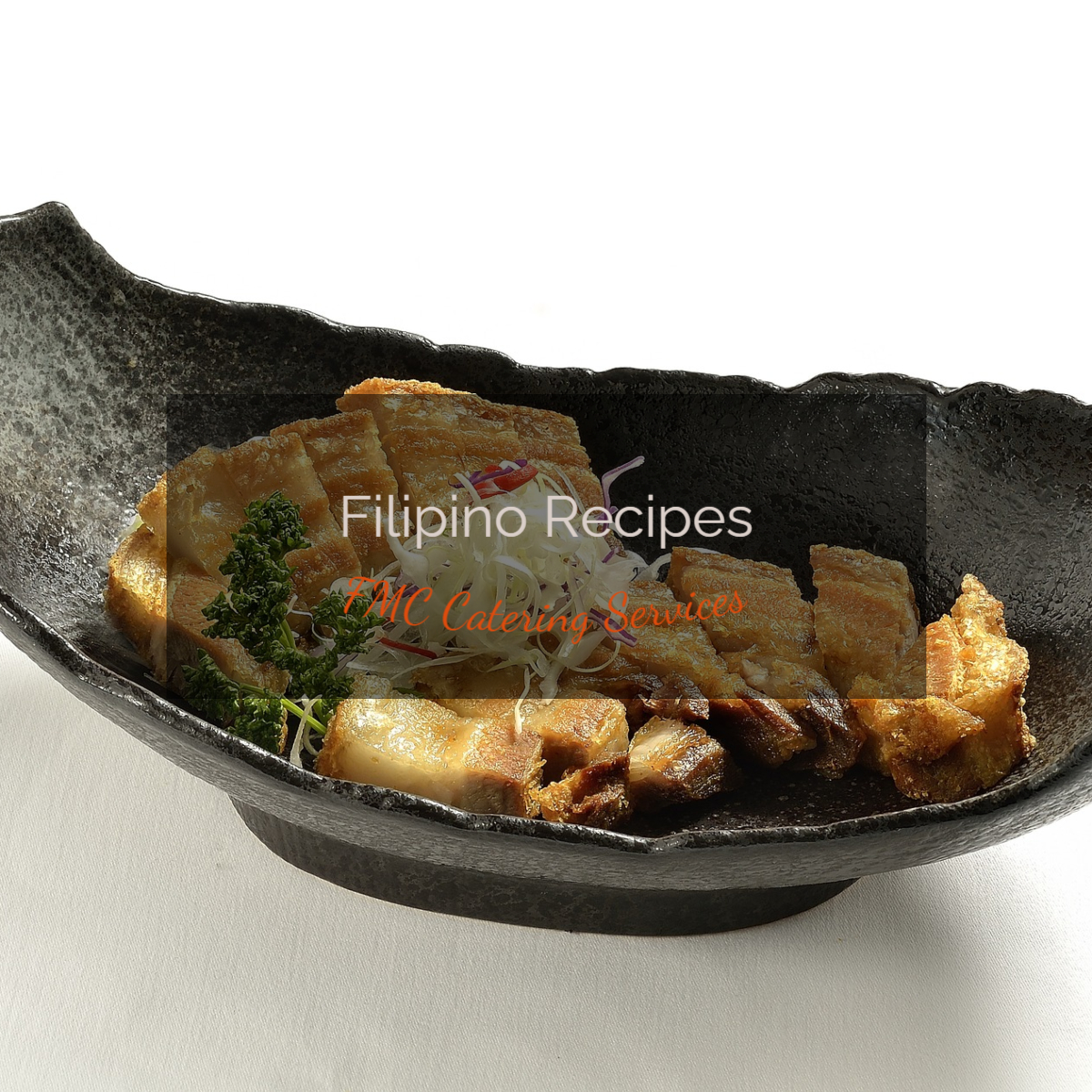30 Authentic Filipino Recipes
Pinoy food is full of intensive flavors, creamy sauces, umami-rich broths, and fatty proteins. So if you’re looking to prepare a meal, appetizer, or dessert, in Filipino cuisine, then look no further. These easy, authentic, and hearty recipes will leave you wanting more and will spice up your meals with fun and flair.
Here are some Filipino recipes that you should try out:
Savory Filipino-style chicken adobo
Ultra-tender beef pares
Smooth and velvety Leche flan
Hearty pan de sal (bread roll)
Smoky flavored eggplant omelet
Crunchy and addictive pork chicharron
Chinese-inspired lumpia shanghai
Tropical buko pie
Sweet and simple cheese puto
Delicious beef omelet
Flavorful tinolang manok (chicken soup)
Soft and fluffy taisan (chiffon cake)
Addictive buko pandan ice cream
Soothing ginger tea
Sweet and chewy coconut macaroons
Read more Filipino recipes here: https://insanelygoodrecipes.com/filipino-recipes/.
Sisig – A Pinoy Must Try Delicacy [Origin, Curiosities and Recipe]
Sisig is a well-known dish in the Philippines loved by Filipinos for its sour flavor. But, if you’ve never seen or heard of the delicacy, it is a plate of grilled or fried, chopped pork seasoned with chili peppers, calamansi, and onions. Keep on reading for an in-depth discussion on this food’s origin and curiosities.
Key takeaways:
- Sisig existed in the Philippines long before the 20th century and can be traced back to the 1730s. What is surprising is that the original version of sisig had nothing to do with meat. It was a sour salad consisting of green guava, green papaya, garlic, salt, pepper, and vinegar.
- The delicacy had changed into its meaty version during the American occupation. At the time, kitchen staff in charge of cooking for the US Airforce discarded the unwanted pig heads. Filipinos offered to buy the pig heads at a low price and added them into their sisig.
- Lucia Cunanan, who is known as the sisig queen, developed the modern-style sisig that we eat today. She seasoned her meat, chicken livers, and pig brains with vinegar, onions, and pinggang tulo. Then, she fried it all together to make a tasty sizzling plate of sisig.
Learn more about the history of sisig along with recipes here: https://www.thefoodwonder.com/sisig/.
29 Filipino Recipes That Are Absolutely Worth Feasting On
If you’re looking to explore international flavors and different food cultures, try out Filipino cuisine. Meals in this southeast Asian country are known for their mouthwatering taste and appetizing aroma. If you love salty and saucy foods with strong seasonings, then you’d want to cook these recipes.
Key takeaways:
- Pancit is a dish consisting of thin rice noodles, pork, vegetables, soy sauce, citrus, and topped with chicharron.
- Chicken adobo is a delicious meal to cook when you’ve just got into Philippine cuisine. You cover the chicken in a tangy marinade of soy sauce, vinegar, and garlic.
- Lumpia are Filipino-style spring rolls that may vary in filling. This delicacy consists of different fillings, from vegetables to ground pork.
- If you’re looking for a Filipino pastry, then try out Hopias. These are moon-shaped treats that Filipinos fill with ube or mung beans which have paste-like textures.
- Halo-Halo, which means “mix-mix” in Tagalog, is a popular dessert in the Philippines. The delicacy is a cup containing shaved ice, sweet beans, fruits, and ice cream. As the name suggests, mix it up and enjoy.
Find more Filipino recipes here: https://www.buzzfeed.com/melissaharrison/easy-filipino-recipes.
So, What Were We Eating Before Magellan Came?
December 2, 2021 by brodneil
Ferdinand Magellan, and later on, Lopez de Legazpi, arrived in the Philippines and colonized it five hundred years ago. While many people discuss the different events and changes that have occurred in the Spanish Colonization, people rarely discuss the changes in food. However, even though the discussion of food has taken a backseat in history, that does not mean it is unimportant as it points to a civilization’s ability to produce and trade.
Key takeaways:
- Before the Spanish invaded the Philippines, natives ate pig, wild boar, carabao, fish, deer, shrimp, and crab. They also had three cooking methods, which were sugba (roasting over lice coals), kilaw (eating raw meat with vinegar and spices), and tuwa/tinuwa (cooking with liquids).
- Surprisingly, a construction method used to make Spanish churches led to the creation of many Filipino delicacies. They strengthened churches by a binder called agramasa, using tree sap, lime, and many egg whites. This construction method led to Filipinos making foods like Leche flan, tortas, and yema.
- Nuns and friars’ cooks taught local assistants and students some stewing techniques that spread around the country. These teachings were how Spaniards popularized stews and baked goods like broas. Spain also brought stew ingredients to the Philippines like olive oil, tomatoes, chickpeas, and peppers.
Read the full article here: https://www.bworldonline.com/so-what-were-we-eating-before-magellan-came/.

